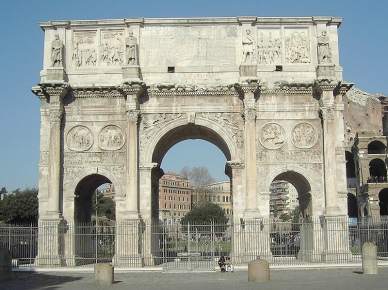New research suggests tree growth rings could reveal clues to the rise and fall of ancient European civilizations, including Rome.
By studying over 9,000 wooden artifacts from the past 2,500 years, researchers were able to determine general weather patterns over an approximate 2,500 year period.
By comparing the above-mentioned findings with historical records, researchers manahed to determine how climate change impacted early European life.

For examples, periods of warm, wet summers seem to corresponded with prosperity, while political turmoil is associated with climatic instability.
“Looking back on 2,500 years, there are examples where climate change impacted human history,” co-author Ulf Buntgen, a paleoclimatologist at the Swiss Federal Research Institute for Forest, Snow and Landscape, told Science.
Researchers also found that during periods with ample water and nutrients, trees grew rings that were relatively far apart, whereas unfavorable weather resulted in tighter rings.
“Wet and warm summers occurred during periods of Roman and medieval prosperity. Increased climate variability from 250-600 AD coincided with the demise of the western Roman empire and the turmoil of the migration period,” the team reported.
“Distinct drying in the 3rd Century paralleled a period of serious crisis in the western Roman empire marked by barbarian invasion, political turmoil and economic dislocation in several provinces of Gaul.”
So, how accurate is the system of dating tree growth rings?
Well, according to Buntgen, “If you have enough wood, the dating is secure. You just need a lot of material and a lot of rings.”
(Via BBC)






